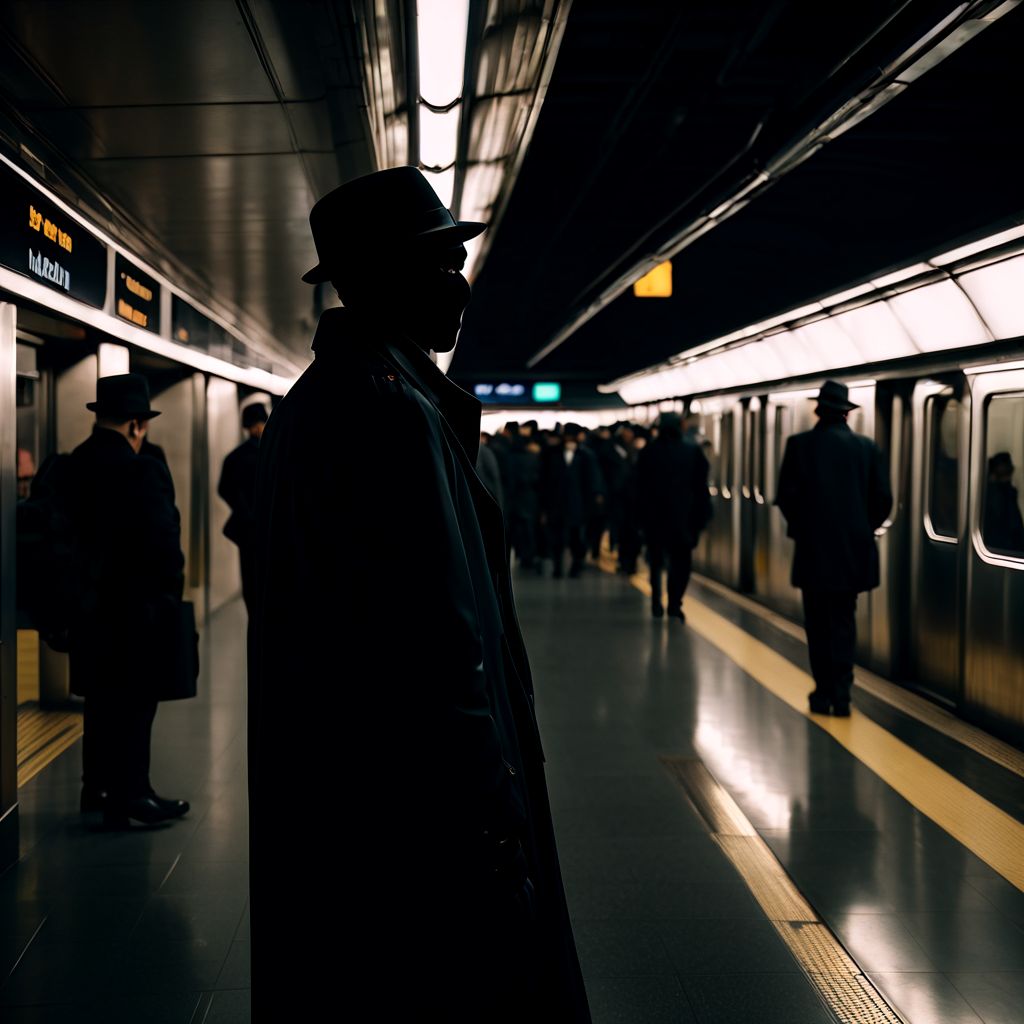Networking researcher Christoff Visser has found that Apple devices cause Wi-Fi networks to “jitter” due to traffic generated by the Apple Wireless Direct Link (AWDL) tech that powers the peer-to-peer AirDrop filesharing tool.
Visser presented his findings on Tuesday at the RIPE 91 conference, the biannual internetworking event organized by RIPE NCC, the regional internet registry for Europe, the Middle East and parts of Central Asia. In his talk, titled “Apple Wireless Direct Link: Apple’s Network Magic or Misery,” Visser explained that while using a new iPad he often encountered what he described as “very strange rhythmic stuttering” as he streamed audio to the device.
He used the Moonlight streaming test tool to investigate and found 20 millisecond latency, but with a 25 millisecond variance he felt was oddly high for the uncontested environment that is a local network. He next used Steam’s network testing tool, and found latency regularly bounced between three and 90 milliseconds. PING commands produced similar results, as did tests on different devices.
At this point, Visser felt confident his hardware and applications were not the reason for his streams stuttering.
Visser, who works at Japan’s IIJ Research Lab, dug into the situation and found AWDL constantly listens for requests to use AirDrop, and prefers to use certain “social” Wi-Fi channels – channel 6 for 2.4 GHz networks channels 44 and 149 for 5 GHz Wi-Fi.
As a networking engineer, Visser chose to use empty channels.
“It’s a big mistake,” he told the conference. “What ends up happening is that if you are not in one of these social channels, you get this periodic Wi-Fi channel swapping where it goes to the social channel, listens in [if] anybody wants to talk to it and swaps back to create very rhythmic stuttering.”
Visser suggested one way to avoid the issue is not to use AWDL but acknowledged that doing so means users of Apple devices will have to do without AirDrop and other Cupertino tricks like using an iPad as an external monitor for a Mac or mirroring an iPhone screen.
He doesn’t think cutting users off from those services is practical.
“There’s approximately over 1.5 billion other iPhone users in the world and are you really going to tell your users in your network ‘Don’t use the features on these Apple devices’. It’s not really a solution.
“The other option is to do the Apple way of networking, so for the best experience you use the same Wi-Fi channels as everybody else, or you will suffer from jitter at some point.”
He ended his talk by expressing his concerns about Apple’s ecosystem.
“There’s a lot of convenience, as I described,” he said. “The question is really: Is this convenience worth disruption?”
His answer was “For most things sure, it doesn’t matter too much.”
But he feels it will matter to more people in future.
“Cloud gaming and remote gaming is growing bigger and bigger and they are trying to push high fidelity, bigger bit rate, if you are trying to do 4k HDR at 120 FPS, yes you are going to start to feel these delays and packet loss more and more.”
“It makes me uncomfortable because it really promotes bad network practices like not using the best channels to actually improve your end user experience,” he added.
He therefore grudgingly recommended using the Wi-Fi channels Apple uses, and expressed his hope that any folks from ISPs in the audience can learn from his experience so that if their customers experience network jitters they now have an explanation.
The latest Android Canary build is available today and it features work by Apple and Google to make switching between Android and iPhone devices easier.

 Security researchers warned Apple as early as 2019 about vulnerabilities in its AirDrop wireless sharing function that Chinese authorities claim they
Security researchers warned Apple as early as 2019 about vulnerabilities in its AirDrop wireless sharing function that Chinese authorities claim they